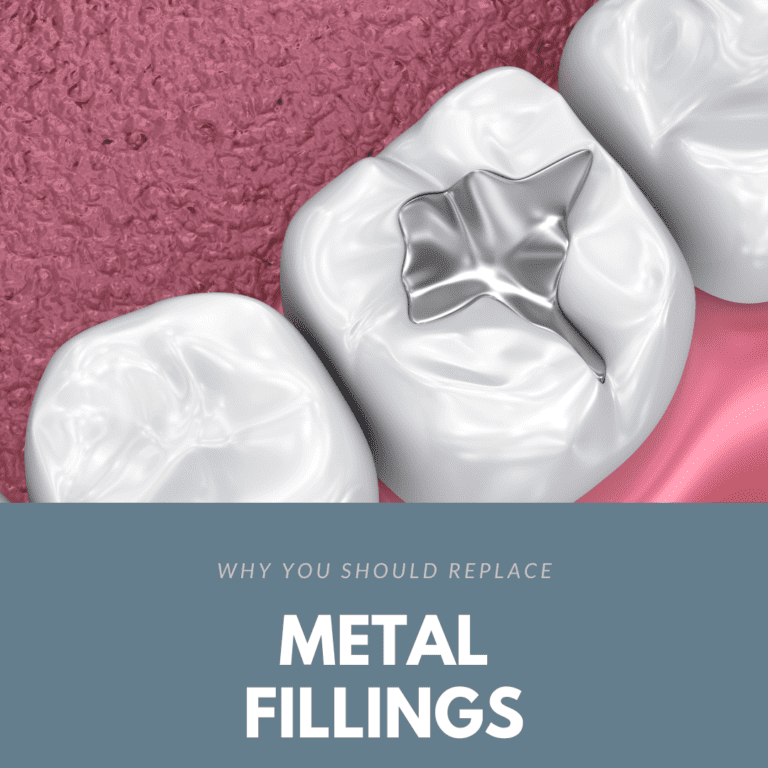Why You Should Replace Metal Fillings

When it comes to dental fillings, there are two main choices: metal or nonmetal. Metal fillings have been commonly used since the 1800s, however they are now starting to decrease in popularity. Metal fillings can either be gold fillings composed of gold, copper, and other metals, or amalgam fillings, which are an amalgamation of silver, tin, copper, and mercury. Although they were once an ideal choice for their strength, durability, ease of application, and cost, many more dentists are starting to recommend non-metal fillings.
Non-metal fillings are more commonly known as composite fillings, tooth-colored fillings, or white fillings. They are made using a dental material known as composite resin. Due to the many benefits of composite resin, many dentists are now recommending that patients have their metal fillings replaced with composite fillings. You should have your metal filling replaced because they:
Contain Mercury
Metal fillings rely on the binding properties of liquid mercury in order to hold themselves together, meaning that mercury is an essential ingredient. Although the ADA has declared mercury in dental fillings to be safe for most people, there are certain restrictions on who should not have metal fillings placed due to their mercury content. People with kidney problems or neurological conditions, children (especially under the age of 6), and women who are pregnant or plan on becoming pregnant, are recommended not to have metal fillings. Instead, composite fillings are a safer alternative.

Expand and Contract
While mercury is used for its ability to bind the filling together, mercury is also the type of metal that reacts to temperature changes. This means that metal fillings will expand slightly when exposed to heat and contract slightly when exposed to cold. Unfortunately, expanding can cause pressure on your teeth that can be potentially damaging. Contracting can also cause the filling to shrink slightly, which leaves a space for bacteria to get in. Not to mention, expansion and contraction can lead to tooth sensitivity.
Have a Metallic Appearance
Of course it would make sense that metal fillings would have a metallic appearance since they are entirely made of metal. Unfortunately, however this metallic appearance clashes with the look of tooth enamel and makes the filling stand out. Having your metal filling replaced with composite resin would essentially make your filling disappear.
Can Stain

As the protective coating on metal fillings wears down over time due to constant chewing and possible teeth grinding, they will begin to corrode. When this happens, the tooth enamel along the filling can turn a greyish, bluish, or blackish color. In cases where the filling is located close to the gums, it can also cause the gums to stain. This is known as an amalgam tattoo.
Can Damage Your Teeth
When they are placed, metal fillings require that more of your healthy tooth structure is removed in addition to the damaged or decayed structure. Although all fillings require some enamel modification, metal fillings require the most. This is because composite fillings bond to the tooth enamel, while metal fillings are basically a separate piece being placed in the tooth. Unfortunately, when much of your healthy tooth structure is lost, this can make your tooth weaker. Combine this with the changes in size and metal fillings can potentially be damaging, while composite fillings tend to make the teeth stronger.






Recent Comments